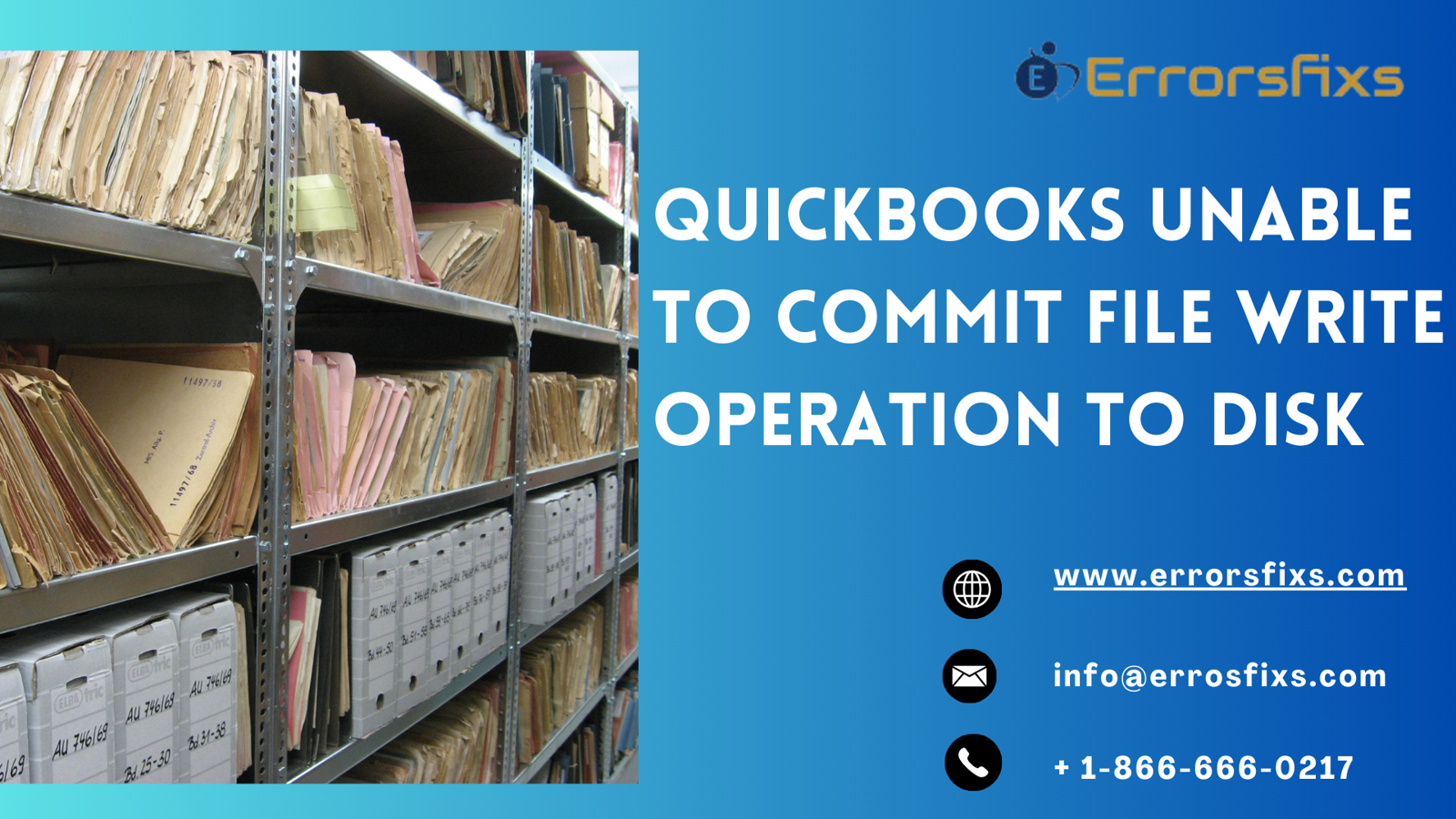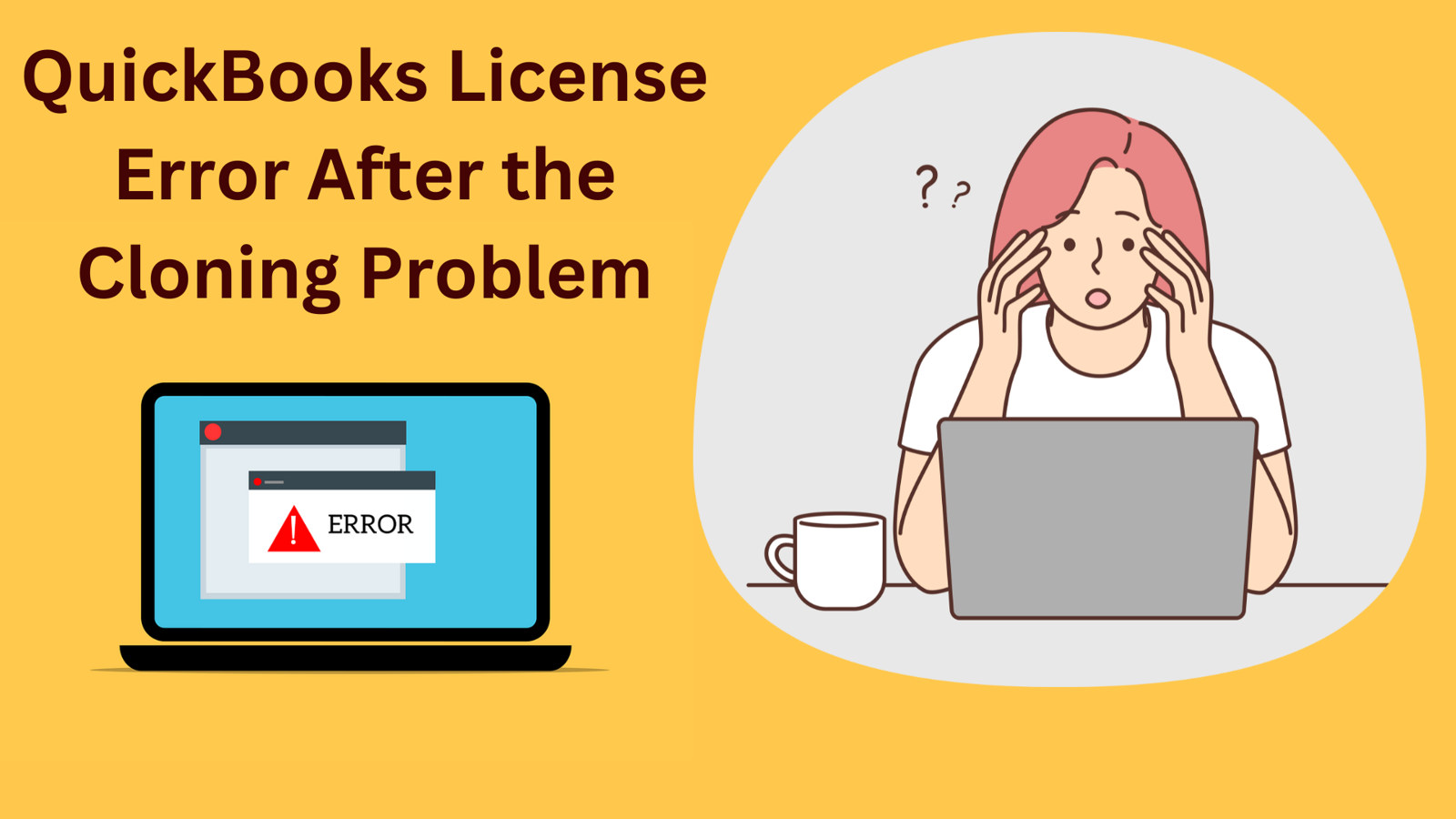
QuickBooks, a popular accounting software used by businesses worldwide, occasionally encounters errors that disrupt normal operations. One such error is "QuickBooks Cannot Complete The Current Action Due To A Missing Component." This error message indicates that QuickBooks is unable to perform a specific action because a necessary software component or dependency is either missing, damaged, or not properly configured. This issue can manifest in various ways, such as the inability to print invoices, email reports, or perform updates within QuickBooks.
Causes of the Error:
The error "QuickBooks Cannot Complete The Current Action Due To A Missing Component" can be attributed to several underlying causes:
Missing or Corrupted Components: Essential software components required for QuickBooks functionality, such as PDF converters or Microsoft components (like .NET Framework), may be missing or corrupted.
Improper Installation: Issues during the installation of QuickBooks or related components can lead to missing files or incomplete setups, causing functionality issues.
Outdated Software: Using outdated versions of QuickBooks or related components that are no longer supported can result in compatibility issues and errors.
System Changes: Changes in the system environment due to updates or modifications can sometimes disrupt the integration of QuickBooks with other software components.
Common Scenarios:
PDF Related Issues: QuickBooks uses PDF converters to generate reports and invoices. Issues with PDF converters or missing components can prevent the generation of PDF files.
Emailing Errors: Missing components related to email integration can prevent QuickBooks from sending emails directly from the application.
Printing Problems: If components required for printing, such as printer drivers or PDF converters, are missing or not functioning correctly, QuickBooks may fail to print documents.
Troubleshooting Steps:
Resolving the error "QuickBooks Cannot Complete The Current Action Due To A Missing Component" involves systematic troubleshooting to identify and fix the underlying cause. Here are step-by-step instructions:
Step 1: Verify and Install Necessary Components
Check PDF Converter: Ensure that the PDF converter used by QuickBooks (like Adobe Acrobat or a QuickBooks PDF converter tool) is installed and configured correctly.
Install Microsoft Components: Install or update Microsoft components such as .NET Framework, Microsoft Visual C++ Redistributable, and Microsoft XML Parser if they are missing or outdated.
Update QuickBooks: Ensure that QuickBooks is updated to the latest version. Updates often include fixes for compatibility issues and enhancements that resolve known errors.
Step 2: Repair QuickBooks Installation
Close QuickBooks: Exit QuickBooks and ensure no QuickBooks processes are running in the background.
Run QuickBooks Installation Diagnostic Tool: QuickBooks provides a diagnostic tool to repair common installation issues. Download and run this tool to repair any corrupted files or missing components.
Reinstall QuickBooks: If the issue persists after running the diagnostic tool, consider reinstalling QuickBooks. Completely uninstall QuickBooks, restart your computer, and then reinstall it using a fresh installation package downloaded from the Intuit website.
Step 3: Check System Settings and Compatibility
Review System Requirements: Verify that your computer meets the minimum system requirements for running QuickBooks. Inadequate system resources can cause performance issues and errors.
Disable Antivirus/Firewall: Temporarily disable antivirus software or adjust firewall settings to ensure they are not blocking QuickBooks components or updates.
Check for Software Updates: Ensure that your operating system and other software (like drivers, PDF viewers, and email clients) are up to date. Compatibility issues with outdated software can cause errors in QuickBooks.
Step 4: Test and Verify
Test QuickBooks Functionality: After making changes or updates, test the functionality within QuickBooks to ensure that the error has been resolved.
Monitor for Recurrence: Keep an eye on QuickBooks for any recurrence of the error. Sometimes, intermittent issues may require further investigation or additional updates.
Preventive Measures:
To prevent future occurrences of "QuickBooks Cannot Complete The Current Action Due To A Missing Component," consider implementing the following preventive measures:
Regular Updates: Keep QuickBooks and all related software components up to date with the latest releases and patches.
Scheduled Maintenance: Perform regular maintenance tasks such as cleaning up temporary files, updating drivers, and optimizing system performance.
Backup and Restore: Maintain regular backups of QuickBooks data to mitigate data loss risks in case of errors or system failures.
Training and Support: Provide training to users on best practices for using QuickBooks and troubleshoot common issues. Utilize technical support resources offered by Intuit or certified QuickBooks professionals.
Conclusion:
"QuickBooks Cannot Complete The Current Action Due To A Missing Component" is a manageable error that can be resolved through systematic troubleshooting and preventive measures. By understanding the causes, following troubleshooting steps, and implementing preventive measures, businesses can ensure uninterrupted use of QuickBooks for their accounting and financial management needs. Regular maintenance and proactive management of software components will help maintain the efficiency and reliability of QuickBooks, enabling businesses to focus on their core operations without interruptions due to software errors.
Visit→https://www.errorsfixs.com/quickbooks-cannot-complete-the-current-action/











Write a comment ...